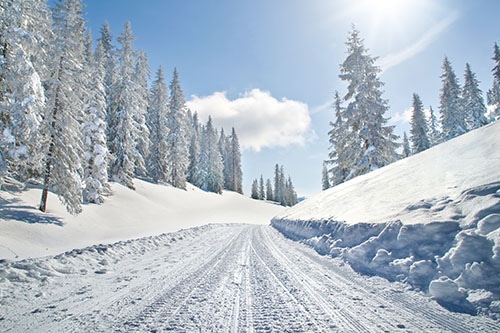
There are many factors that impact the distribution of natural gas and the cold weather is one of the most notable. The ways in which cold weather can impact the access to the significant resource is commonly acknowledged through prices, demand and withdraw. There are several factors to consider but the most obvious are those that directly affect the consumers.
When the temperatures drop the need for the resource increases and our budgets will stretch to accommodate for the purchase. It is no mystery that our economy has learned there are places to save a few dollars yet some necessities, like natural gas, are worth the asking price. Regardless of the costs we find it necessary to meet the needs of our lifestyle more so than ever in the uncontrollable temperature of the winter months.
While price reflects the most direct impact on the distribution of natural gas the demand is also a part of the equation. Majority of US homes are utilizing natural gas, and certain areas experience different highs and lows which will embark upon the distribution levels expected for each region. The impact a winter has on the varying locations will drive the demand and in return the demand will call for more extraction.
The withdraw of natural gas consists of a process that can be overwhelming. When the cold weather hits the states it spirals down to the extreme, and absolute critical, need to heat homes and remain safe. The truth of the drilling matter is that there will be increased extraction that will call for an increase in mechanical needs and the obligation to stray from contracts to provide for the high demands. It is a circle of life for the resource as the price will be paid, the demands will be accommodated, and the drilling will go on.
Natural gas is one valuable resource that contributes to most of our daily conveniences. The weather will fluctuate many variables regarding the distribution but it will remain a constant need for many.